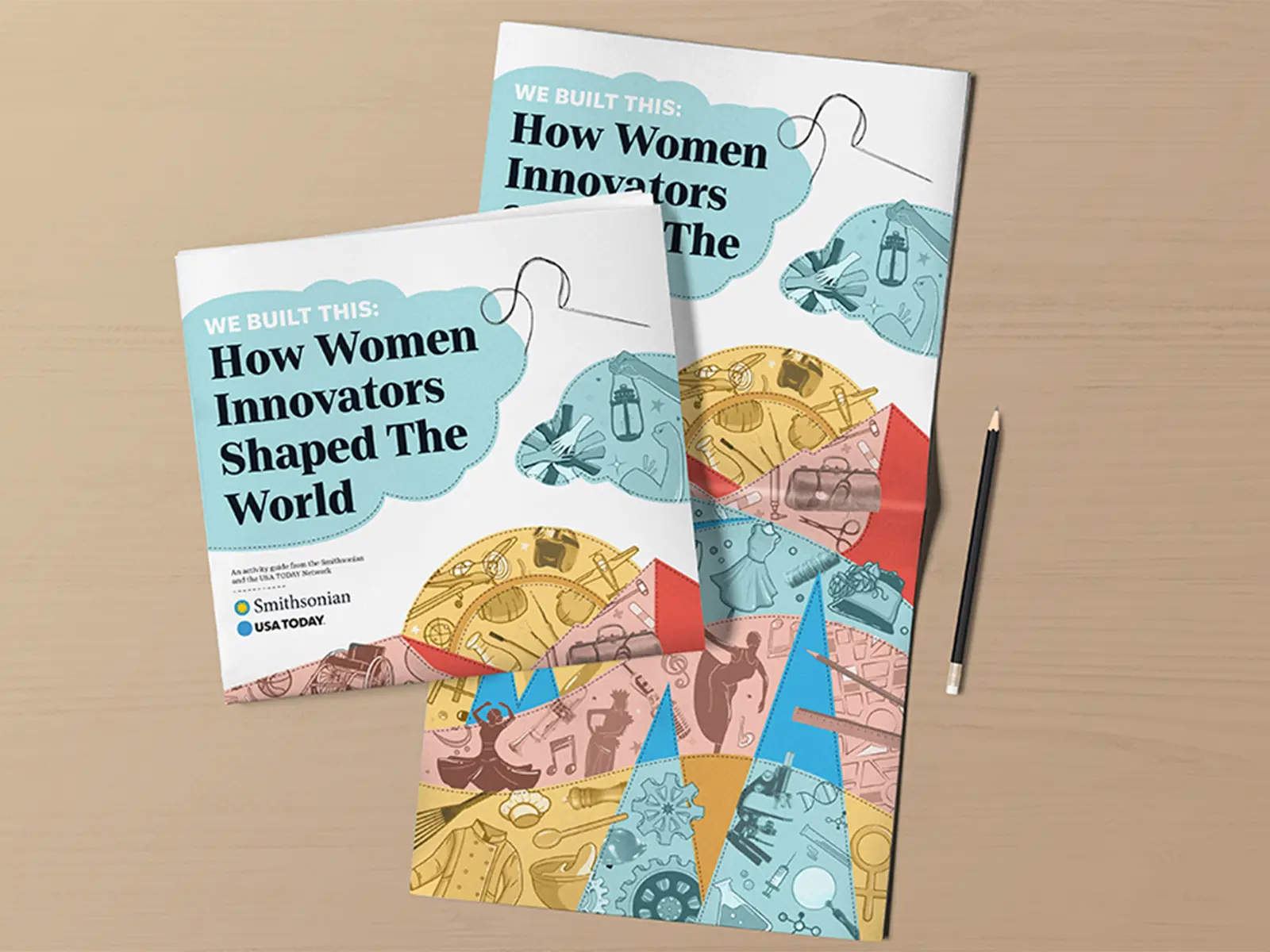Schools & Teachers
The Frost Art Museum is committed to making art accessible to everyone in our community. We work with schools throughout Miami-Dade County to provide students with exceptional art experiences through field trips to the museum and guided tours. We also offer professional development workshops for teachers that promote STEAM (Science, Technology, Engineering, Arts, and Math) learning.


